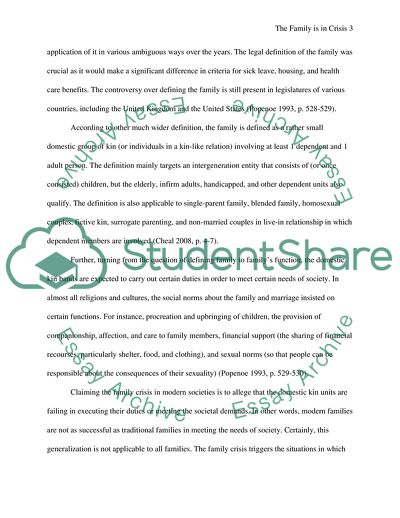Cite this document
(Family as an Important Social Institution Coursework, n.d.)
Family as an Important Social Institution Coursework. https://studentshare.org/sociology/1856096-the-family-is-in-crisis-discuss
Family as an Important Social Institution Coursework. https://studentshare.org/sociology/1856096-the-family-is-in-crisis-discuss
(Family As an Important Social Institution Coursework)
Family As an Important Social Institution Coursework. https://studentshare.org/sociology/1856096-the-family-is-in-crisis-discuss.
Family As an Important Social Institution Coursework. https://studentshare.org/sociology/1856096-the-family-is-in-crisis-discuss.
“Family As an Important Social Institution Coursework”. https://studentshare.org/sociology/1856096-the-family-is-in-crisis-discuss.


